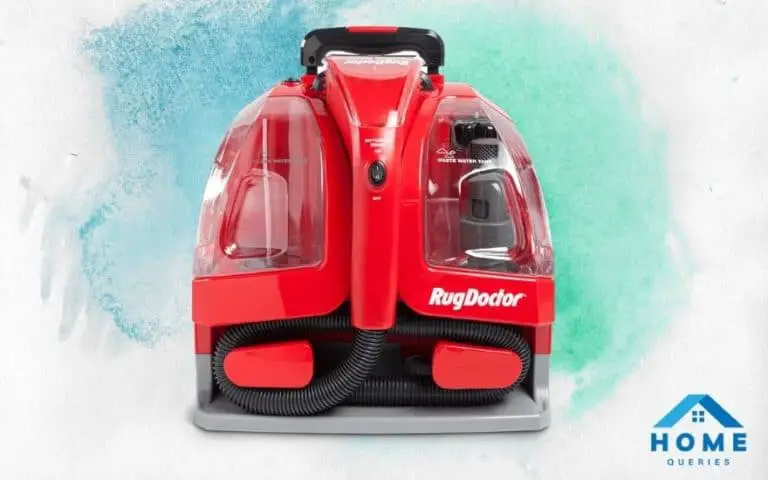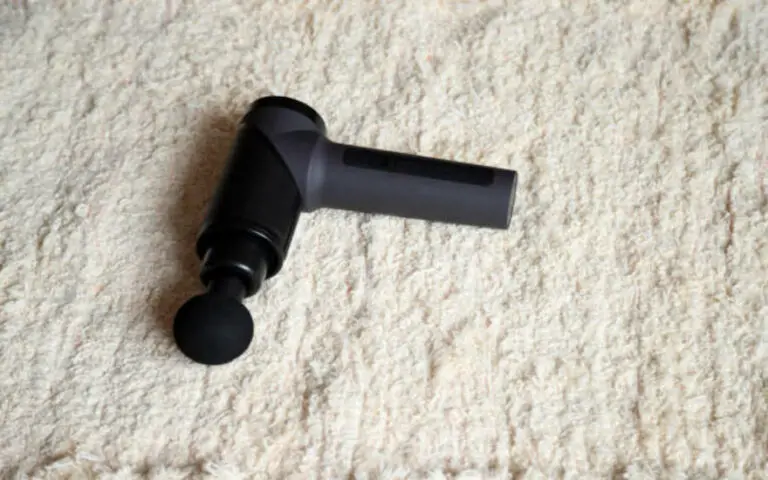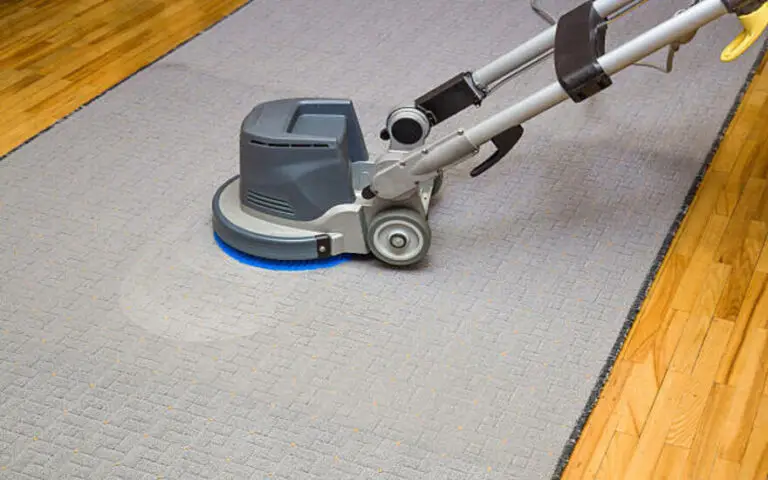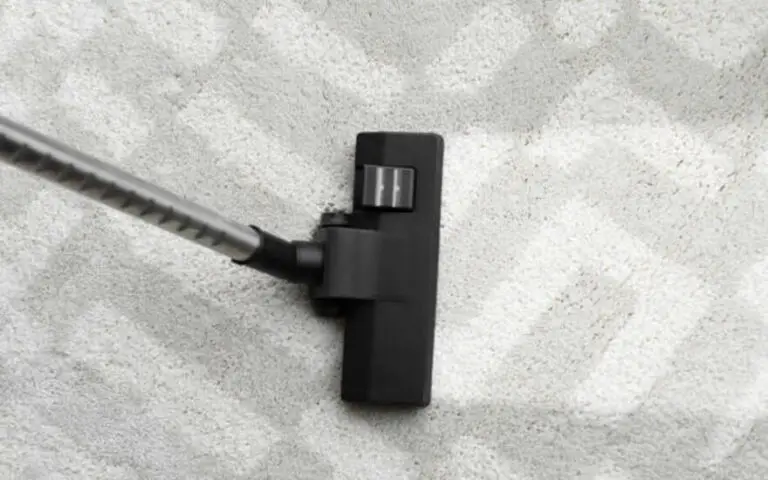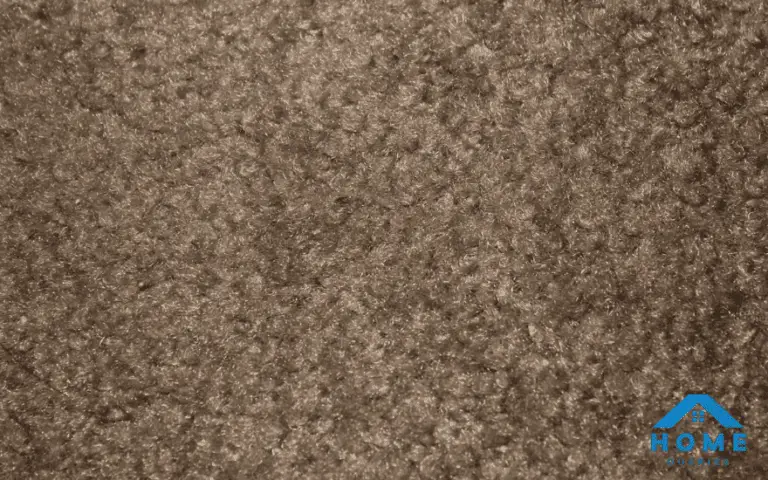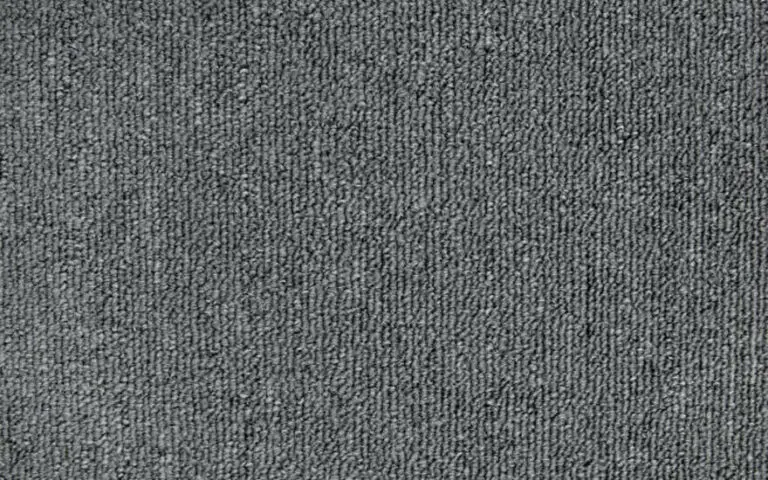YES.
If you’ve recently upgraded your flooring and are looking for ways to eliminate the leftovers, this blog post is for you! I’ll look at the different types of carpet underlay and how determine if they can be recycled or not.
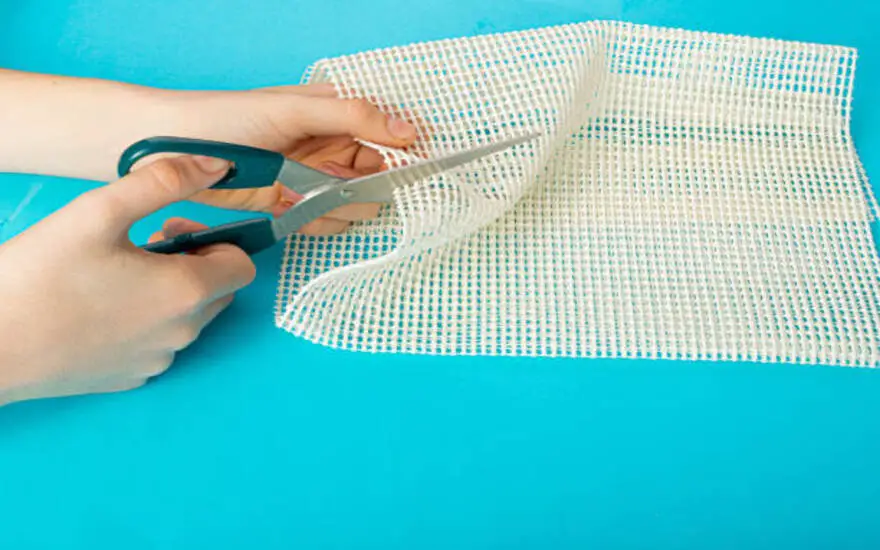
What is Carpet Underlay?
Carpet underlay is a material that is used to provide cushioning, insulation, and support for carpets. It is usually made from foam, rubber, felt, jute, polyurethane, or crumb rubber. It helps preserve the carpet by providing an additional layer of air between the floor and the carpet.
This air helps keep dirt and dust out of the carpet while at the same time providing a comfortable surface for walking and standing. Furthermore, it helps reduce noise levels and provides a more stable base for furniture and other items on top of the carpet.
Carpet underlay can also help extend the life of your carpet by providing extra cushioning and support. In addition, there are now environmentally friendly options available in the form of recycled materials such as RecoWool and Envirolay.
7 Types of Carpet Underlay
There are a variety of carpet underlays available on the market today, and each has its own set of advantages and disadvantages. Foam carpet underlay is made from offcuts of recycled foam, making it environmentally friendly, while rubber carpet underlay is known for its durability and sound insulation qualities.
1. Foam Carpet Underlay
Foam carpet underlay is made from offcuts of recycled foam, making it the most popular choice on the market. It is available in various thicknesses and densities, so you can choose the one that best suits your needs.
This underlay provides great comfort, sound, and insulation, making it perfect for any room. It is also durable, so you can rest assured that it will last for years. Although it isn’t as eco-friendly as wool felt or crumb rubber, it is still recyclable, so you can dispose of it responsibly when it comes.
2. Rubber Carpet Underlay
Rubber carpet underlay is one of the most popular carpet underlay on the market today. It offers superior thermal insulation and durability due to its density and is made from 85% recycled materials, making it an eco-friendly choice.
It may not be as comfortable as sponge rubber, but it provides a good feel underfoot and will protect your carpet for many years. Rubber carpet underlay is a great option when looking for a durable, long-lasting solution for your carpet.
3. Waffle Carpet Underlay
Waffle carpet underlay is an excellent choice for areas that experience higher levels of foot traffic, as it offers good durability and comfort. It is made from recycled materials, making it an eco-friendly option. It can be used in hallways, staircases, and landings to provide a soft cushioning effect and protect the carpet from wear and tear.
The material is dense and offers good noise reduction properties, making it ideal for home or office areas requiring a quieter atmosphere. Waffle carpet underlay is easy to install and can be cut to fit any room size.
4. Felt Carpet Underlay
Felt a carpet underlay is a great option if you’re looking for an eco-friendly solution. It’s made from 100% recyclable materials providing warmth and comfort to any room. It’s a great choice for areas where sound insulation is important, such as bedrooms and living rooms, as it helps to reduce noise levels.
Additionally, felt carpet underlay is resilient and can withstand heavy foot traffic. And with its recyclable properties, you can rest assured that your investment in felt carpet underlay won’t harm the environment.
5. Jute Carpet Underlay
Jute carpet underlay is ideal for those looking for an environmentally friendly underlay. It is made from recycled fibers, including jute, wool, and synthetic fibers, to provide a dense and firm padding that is resilient yet still environmentally friendly.
This carpet underlay is a great choice for those looking to reduce their environmental impact while still getting the most out of their carpet. It’s also one of the more economical types of carpet underlay, making it a great choice for those on a budget.
6. Polyurethane Carpet Underlay
Polyurethane carpet underlay is the most popular choice, as it is created from 98% recycled polyurethane. It is also eco-friendly, comfortable, and hard-wearing. It’s great for homes that require a lot of footfall, as it can last up to 25 years if well-maintained.
Like rubber and felt underlay, polyurethane also comes in different thicknesses to suit your needs. It’s worth noting that while polyurethane is a great option for most households, it isn’t quite as soft as sponge rubber or felt underlay.
7. Crumb Rubber Carpet Underlay
Crumb rubber carpet underlay is a great choice for high-traffic areas, as it is dense and durable. Made from 85% recycled materials, crumb rubber underlay is a sustainable option that can last up to 25 years. It is available in a 1.35×11.17mtrs roll size of 5mm thickness, so it can easily fit into any space.
It is an eco-friendly option and provides a firmer feel than sponge rubber or PU foam underlays, making it perfect for your home’s hallways, staircases, and other heavily trafficked areas.
Summary
In summary, carpet underlay is an important part of any carpeted flooring. It can be made from various materials such as foam, rubber, waffle, felt, jute, and polyurethane. The material used for the underlay will depend on the style of the carpet and the desired comfort level.
Most types of carpet underlay can be recycled and repurposed into new products such as insulation, construction materials, or even sports pitches. It is important to properly dispose of soiled or moldy carpets to protect the environment and keep our homes safe. If you are looking for a recycling center for your old carpets and underlay, contact your local council for advice on the nearest facility.
How to Dispose of Soiled or Moldy Carpetax?
Disposing of soiled or moldy carpets can be challenging, as most carpet recycling programs will not accept carpets contaminated by paint, drywall, asbestos, or mold. If you have soiled or moldy carpets, the best option is to take them to the landfill instead of trying to recycle them.
Although this is not an ideal solution, it is the only way to ensure that these materials are dealt with properly and safely. A good tip is to search for your item on a website such as CalRecycle and see if it can be recycled or needs to go into your waste or green organics cart.
What kind of material is carpet underlay made from?
Carpet underlay is available in various materials, including synthetic fibers such as nylon, polyester, polypropylene, and acrylic, as well as rubber and felted wool. Modern underlay is often made from recycled post-industrial materials, such as crumb rubber, latex, and stitch paperback.
Today’s most popular carpet padding is bonded urethane, a combination of recycled crumb rubber and latex. All these materials are 100% recyclable at the end of their life cycle. So if you’re looking for a sustainable option for your flooring, look no further than carpet underlay!
Can carpet underlay be recycled?
Yes, carpet underlay can be recycled! Depending on the material, carpet underlay can be broken down into raw materials used to make various products, from sports pitches to insulation. Many companies across Australia specialize in disposing of carpet underlay and carpet facilities in some regions.
In California, there is even a Carpet Stewardship Program responsible for meeting the requirements for carpet recycling set by AB 2398. If you have small quantities of carpet underlay, you can put it in your black cart for garbage disposal. Alternatively, there are drop-off centers for recycling carpets, area rugs, and carpet underlay.
Finally, choosing a recycled or recyclable carpet underlay over one that isn’t is an easy way to help reduce our impact on the environment. 91% of people say they consider a product that can be recycled to be important!
Where can I find a recycling center for carpet underlay?
Finding a recycling center for carpet underlay can be challenging, but some options are available. CalRecycle has a list of facilities that accept used carpet or carpet padding for recycling in California.
This includes the location and contact information of each facility. For those living in Akron, Ohio, the West Central Landfill offers carpet and carpet pad recycling at a reduced rate of $20 per ton or a minimum fee of $10. Additionally, many materials recovery facilities (MRFs) across the country will accept carpet underlay for recycling.
Confirming that the MRF processes carpets before dropping off your unwanted material is important. Many textiles and carpets in landfills are wasted resources because the fibers can be re-manufactured into new products like carpeting or underlay felt. By taking just a few moments to research where your local recycling centers are for carpet underlay, you can help reduce the amount of waste in your area.

